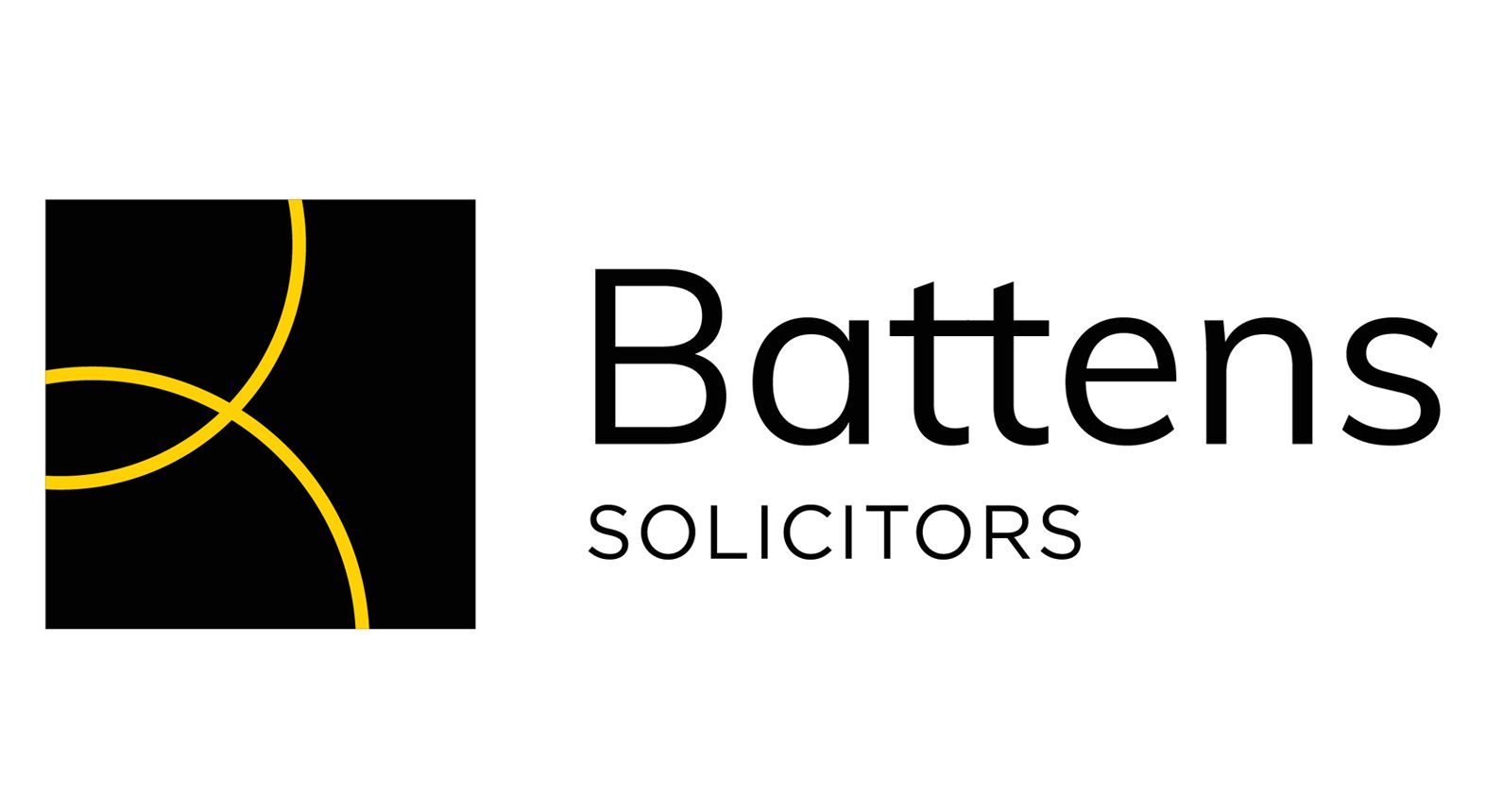
Toblerone: does it Matterhorn?
Released On 13th Mar 2023

It might matter to Mondelēz, the US producer of the world-famous Toblerone chocolate bar. Toblerone is being forced to undergo a packaging and labelling re-design because of strict Swiss marketing restrictions governing the “Swissness” of Swiss products.
Toblerone has been produced in the Swiss capital, Berne since 1908. But from later this year, some Toblerone output will be from Slovakia. The Slovakia connection is the problem.
The “Swissness” legislation introduced in 2017 restricts the use of the national flag, as well as other iconic images showing Swiss provenance, in foodstuffs, industrial products and services. Not unlike the rules that govern the geographical provenance of other products like champagne and many local-produced cheeses, Switzerland’s rules on what can be called “Swiss” are strict. “Swiss” means, amongst other things, almost entirely manufactured in Switzerland from Swiss ingredients.
Toblerone packaging will now read “established in Switzerland” rather than “made in Switzerland” and the famous image of the distinctive 15,000 foot, symmetrical, pyramidal Matterhorn mountain peak will be replaced with a more generic Alpine summit. Also gone will be the Berne heraldic bear motif, which currently appears inside the Matterhorn’s image.
What effect might this have on sales? The product’s distinctiveness, to the average consumer looking at it on a supermarket shelf, will probably come from a combination of the distinctive trade marked name (which comes from mixing the inventor’s name Theodor Tobler with torrone, a toasted-almond nougat confection), triangular shape, yellow and red packaging and font. Time will tell, but Toblerone packaging will look very similar, and only reading the small print will reveal that it’s made in Slovakia, not Switzerland.
In Toblerone’s case their main costs will be the package redesign and the risk that the perceived drop in quality may have an effect on demand on the price-point. Products branded “made in Switzerland” can, according to studies, be sold at a price 20% higher than comparable goods from other countries, or 50% more for luxury items such as Swiss watches.
Stating that a product is from a specific location, when it isn’t, could be misdescription or false advertising. However, we have come across several cases where geographical place names are used in trade marks (and on packaging) where the product is made somewhere else entirely. For example, “Watches of Switzerland” is a UK registered company which sells Swiss watches and is not based in Switzerland: it offers Swiss products which are made in Switzerland.
Despite Toblerone’s forced brand redesign (under strict Swiss rules), there are many other ways a brand can be protected in order to give a luxury feel and correspondingly higher product price. If you are considering your brand strategy, including your goods description and trade mark, then we can help you navigate the line between false advertising and a fantastic brand that can add value to your business.
For any branding, trade mark or design queries, please contact Brian Levine at brian.levine@battens.co.uk or call 01935 846 000.






